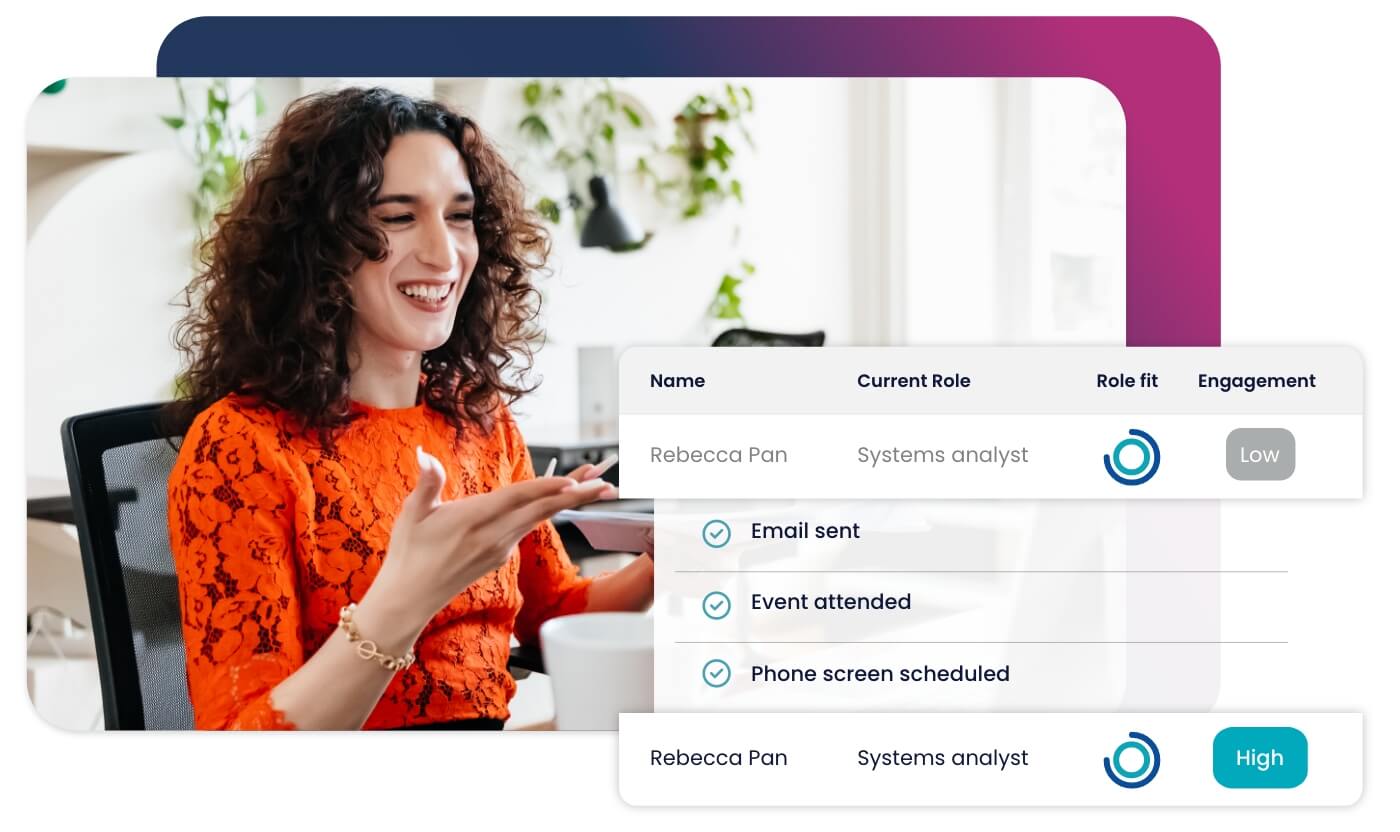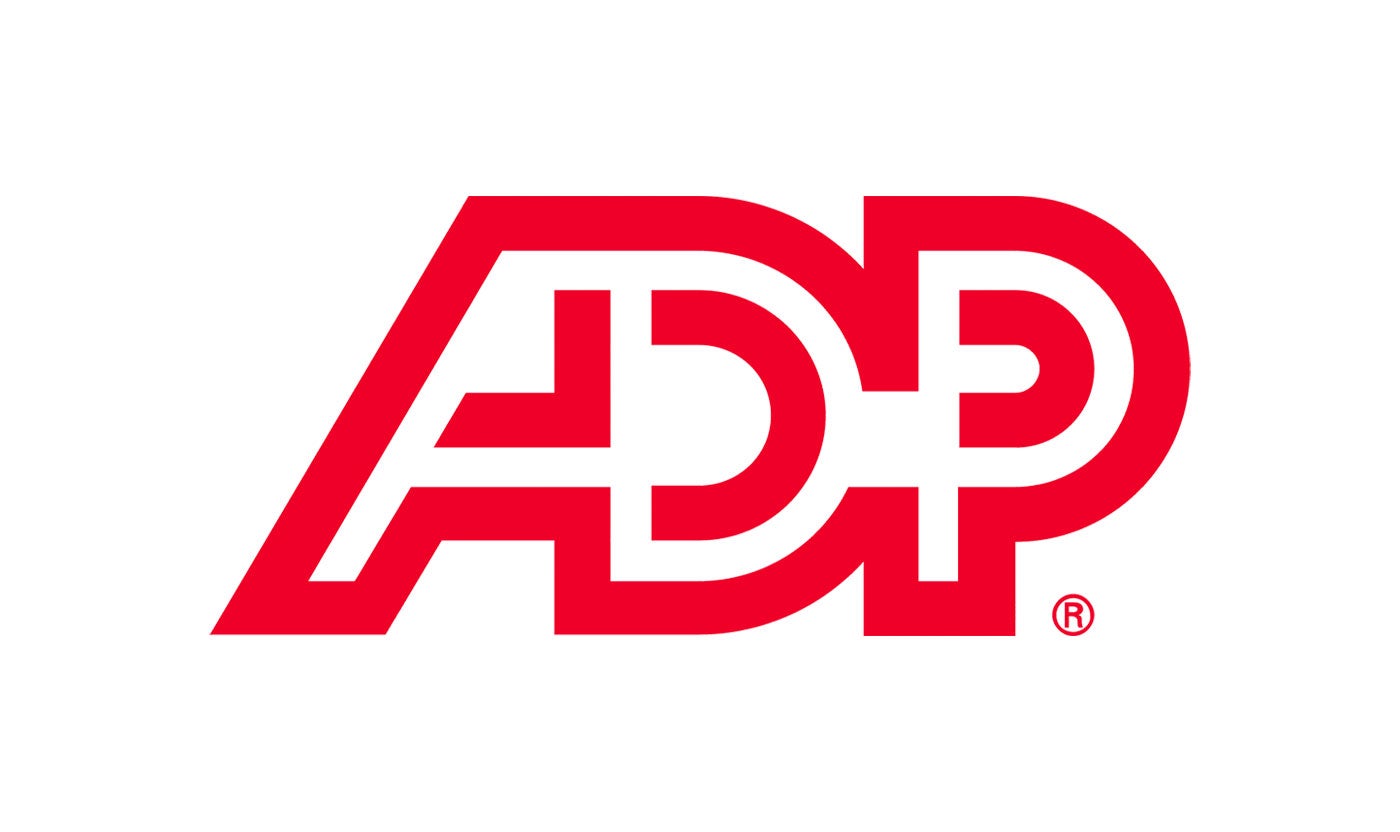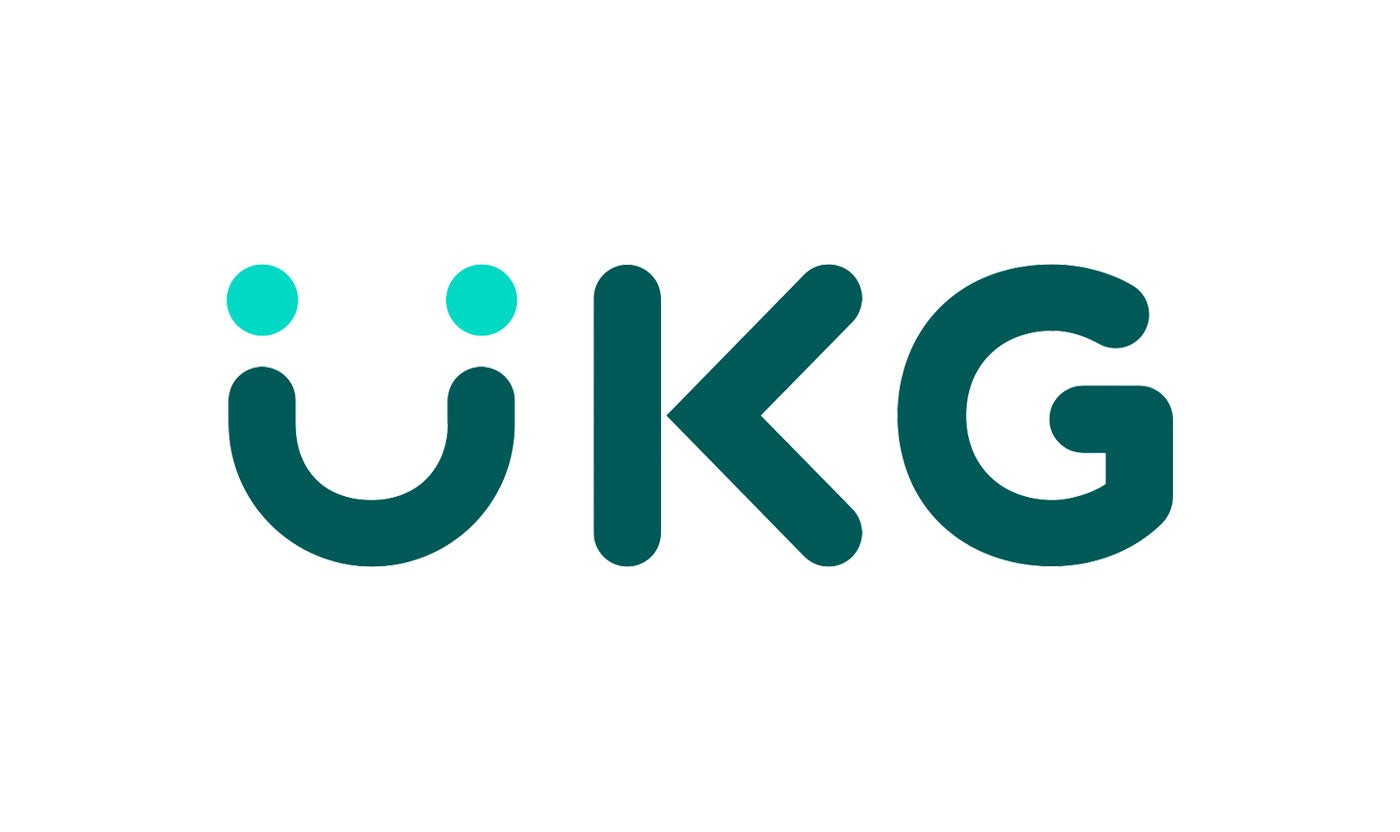





Accelerate hiring key talent to deliver care and exceed patient satisfaction.

Attract skilled candidates, speed up hiring and grow expertise in your workforce.

Simplify recruiting finance and banking talent with a platform for hard-to-fill roles.


Build a talent pipeline that engages and drives your business forward.


See how diverse and global enterprises use iCIMS to employ millions, drive innovation and connect communities worldwide.

Uncover unique market insights, explore best practices and gain access to talent experts across our library of content.


View press releases, media coverage, the latest hiring data and see what analysts are saying about iCIMS.


Streamline your tech stack and take advantage of a better user experience and stronger data governance with ADP and iCIMS.

The combined power of iCIMS and Infor helps organizations strategically align their business and talent objectives.

Our award-winning partnership with Microsoft is grounded in a shared desire to transform the workplace and the hiring team experience.

Our partnership with Ultimate Kronos Group (UKG) supports the entire talent lifecycle by bringing frictionless recruiting solutions to UKG Pro Onboarding.

How do you know you have a skills gap? Aside from reading about it online, you may also feel tension between what your organization needs to accomplish and what your employees are capable of doing. If you feel this way, you’re not alone. According to a McKinsey Global Survey, nearly nine in ten executives and managers say their organizations already face a skills gap or expect one to develop by 2024.
These global shortages are caused by retiring generations, economic changes, and continued lightning-fast evolution in technology. To help you identify the significance of the skills gap to your organization, and whether you need to take steps to address it, here are three statistics you should know.
Ready to address your skills gap? Learn more about mobility software and iCIMS Opportunity Marketplace.
According to Korn Ferry’s “Future of Work,” the skills gap is a trillion-dollar problem. The U.S. alone will miss out on $1.748 trillion in revenue by 2030. This is a significant amount of money to leave on the table for companies already scrambling to reinvent themselves in a post-pandemic, remote-friendly world.
It’s not a people gap. With plenty of job seekers out there, companies are still struggling to find candidates with the skills they need. This reality requires leaders to rethink how they hire and train their workers and what professional development they use to keep their top talent engaged while ensuring skills needs are filled.
This disconnect between investment in skills and workforce training won’t hold up in the new economy. Employees already express that professional growth opportunities would make or break their decision to come on board and stay long-term with a new company. 94% of employees cited professional growth opportunities as the reason they decide to stay.
Despite professional development being a clear differentiator to retain top talent, fewer than half of employees feel their company supports their efforts for professional growth. This will be a significant missed opportunity for employers who struggle to fill positions as the skills gap worsens.
In particular, companies will need to explore technology training for all departments, not only IT. Digital transformation has created more demand for technology skills, even within middle-skill jobs. In addition, employers also desperately need soft skills mastery like communication, problem-solving, and conflict management.
This creates the perfect storm for a skills gap. Technology changes rapidly, creating a vacuum in technical skills in just a few months or years into a new employee’s tenure. And because it’s challenging to find well-developed soft skills in new hires—particularly those candidates new to the job market—companies have more incentive than ever to provide skills training tailored to their current employee’s needs and career paths.
Less than half of companies do not address the skills gap through strategic positioning. The external skills gap is largely outside of a company’s control, beyond involvement in overall policy or partnering with local education opportunities. Instead, companies can make significant strides to reduce skills gaps by taking a strategic approach to human resources.
To do this, companies can partner with talent management and career advancement firms with extensive experience developing internal advancement opportunities for current employees. This helps companies build a workforce that meets its current needs without competing for unicorn candidates.
There are multiple payoffs to this approach:
The increasing skills gap doesn’t have to be an unsolvable problem. Talent leaders can take charge through strategic hiring practices and a clear professional development strategy. This approach also offers myriad opportunities for employers to innovate their hiring and internal mobility plans.
In addition to an updated strategy and process, organizations will need the right technology. An internal marketplace enables leaders to proactively connect with talent and remove friction around mobility.
Read this post to learn more about mobility software and how iCIMS Opportunity Marketplace inspires internal talent.




